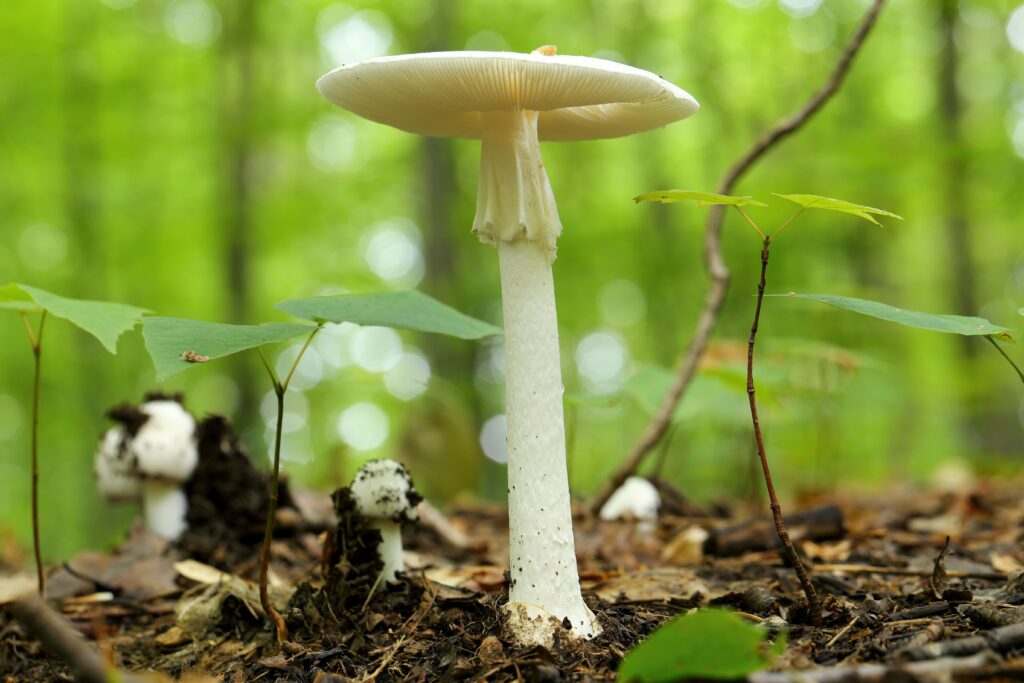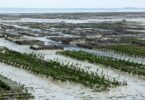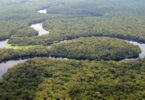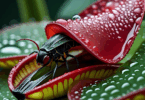In the world of fungi, not all mushrooms are created equal. While many varieties offer delightful flavors and nutritional benefits, some are treacherously toxic, posing severe risks to those who encounter them. This blog delves into the realm of the world’s most poisonous mushrooms, exploring their chilling characteristics, where they’re found, and why they’re so dangerous. Prepare to be amazed and alarmed by these toxic treasures of nature.
Amanita phalloides
Amanita phalloides, commonly known as the Death Cap, is infamous for its extreme toxicity. This mushroom is responsible for the majority of mushroom poisoning deaths worldwide.

Where to Find It:
- Habitat: Found primarily in deciduous and mixed forests in Europe, North America, and parts of Asia.
- Appearance: Has a greenish or yellowish cap with white gills and a white stalk, often with a volva (cup-like structure) at the base.
Toxicity:
- Dangerous Compounds: Contains potent toxins called amatoxins that inhibit protein synthesis, leading to liver and kidney failure.
- Symptoms: Initial symptoms include nausea and vomiting, followed by a period of apparent recovery before severe liver damage occurs.
Amanita virosa

The Destroying Angel is another member of the Amanita family, recognized for its ghostly appearance and deadly effects.
Where to Find It:
- Habitat: Common in North America, Europe, and parts of Asia, typically in mixed and deciduous forests.
- Appearance: Characterized by its pure white cap, gills, and stem, with a delicate and elegant look.
Toxicity:
- Dangerous Compounds: Like the Death Cap, it contains amatoxins that cause severe liver and kidney damage.
- Symptoms: Initial symptoms include abdominal pain and vomiting, which progress to severe organ failure and, potentially, death.
Galerina marginata
Galerina marginata, also known as the Deadly Galerina, is a small but highly toxic mushroom that can be mistaken for edible species.

Where to Find It:
- Habitat: Grows on decaying wood and in forested areas across North America, Europe, and Asia.
- Appearance: Typically has a brownish cap, with a small, fragile stature and a slightly sticky texture.
Toxicity:
- Dangerous Compounds: Contains the same amatoxins as the Death Cap and Destroying Angel.
- Symptoms: Causes similar symptoms to other amatoxin-containing mushrooms, including severe gastrointestinal distress and organ failure.
Cortinarius rubellus
The Deadly Webcap is a highly toxic mushroom that contains powerful nephrotoxins.

Where to Find It:
- Habitat: Found in temperate forests across Europe and North America, often under coniferous trees.
- Appearance: Features a rusty brown cap with a web-like pattern on the gills and a stem covered in a rusty, fibrillose texture.
Toxicity:
- Dangerous Compounds: Contains orellanine, a toxin that primarily affects the kidneys.
- Symptoms: Leads to kidney damage and failure, with symptoms including abdominal pain, vomiting, and long-term renal issues.
Mycena chlorophos
Mycena chlorophos, or the Luminescent Green Mycena, is known for its eerie glow and potent toxins.

Where to Find It:
- Habitat: Found in subtropical and tropical forests, particularly in Japan, Australia, and parts of Central America.
- Appearance: Small mushroom with a glowing greenish cap in the dark, contributing to its haunting appearance.
Toxicity:
- Dangerous Compounds: Contains toxins that can cause severe gastrointestinal symptoms and hallucinations.
- Symptoms: Causes nausea, vomiting, and hallucinations; less commonly known but still dangerous.
Mushrooms are a diverse group of organisms, and while many are harmless or beneficial, others can be extraordinarily dangerous. The five mushrooms discussed here serve as a stark reminder of nature’s power and the importance of careful identification when foraging.







